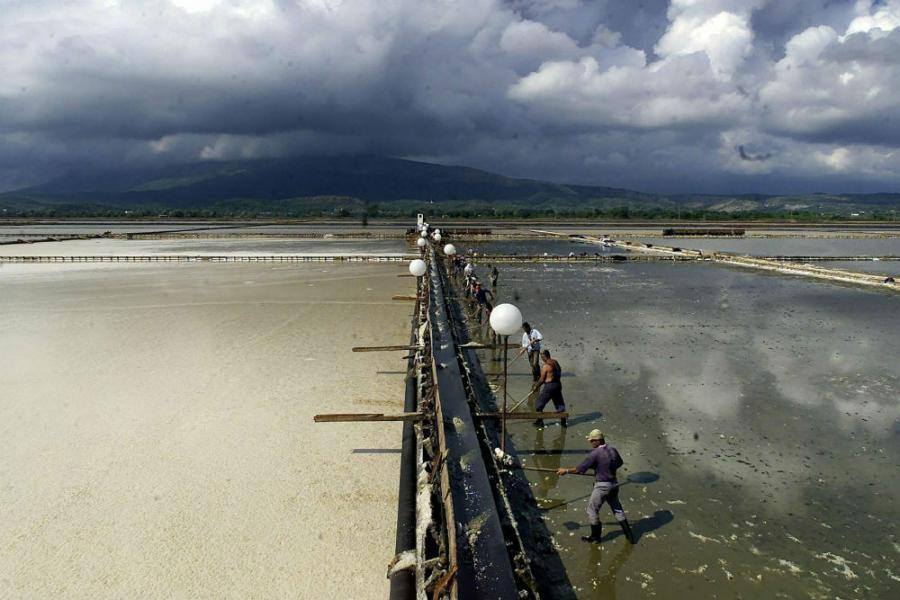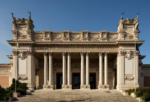15. Mostra Internazionale di Architettura – Montenegro

Il Padiglione Montenegro presenta Project Solana Ulcinj.
Comunicato stampa
The Project Solana Ulcinj, curated by Bart Lootsma and Katharina Weinberger, will be the Montenegrin contribution to the 15th International Architecture Exhibition of the Venice Biennale. The Montenegrin pavilion will host four projects outlining four different sustainable futures for the former saline “Bajo Sekulic” near Montenegro’s most southern town Ulcinj. The projects will be developed specially for the Biennale by four practices: ecoLogicStudio from London, LOLA form Rotterdam and LAAC from Innsbruck, while a fourth project will be decided upon following a national com- petition in Montenegro. The project will be accompanied by a series of three sympo- sia in Montenegro and in Venice.
With a surface of 14,9 km2 Solana is one of the largest salines of the Mediterranean region. It is of local, national and international importance. The saline is a completely man-made, artificial landscape which, founded in the nineteen twenties, which turned into a biotope of global importance. It is a landscape with a high cultural value and hosts a unique biodiversity in flora and fauna. 250 of the 500 bird species that can be found in Europe, among which the Greater Flamingo and the rare Dalmatian Pelican come to the Solana Ulcinj for longer or shorter periods per year. It is an important resting place for protected bird species on the Adriatic flyway from northern Europe to Asia and Africa and vice versa and a breeding place for others.
As the saline is out of use since 2012, it is crucial to develop new plans for the future of the saline, which are ecologically and economically sustainable. The Project Solana Ulcinj takes the challenge to come up with new proposals how to save the important ecological position of the Solana Ulcinj and the unique cultural qualities of the landscape, while at the same time enabling and regulating economical interests in the area. The results may play a role in the decision making process for the re- gional plan.
The Project Solana Ulcinj addresses this years Biennale theme “REPORTING FROM THE FRONT” by reporting about a crucial project in Montenegro, caught up in struggles between the local and the global, nature and culture, tourism and sustain- ability, economy and the social realm, offering spatial strategies that may guide new syntheses for these conflicts.



